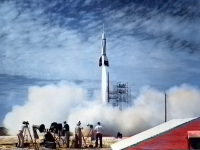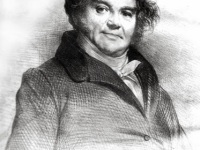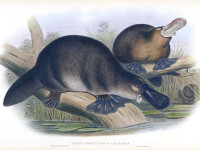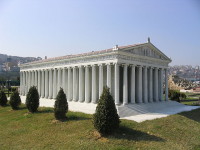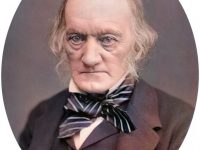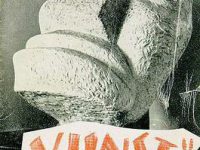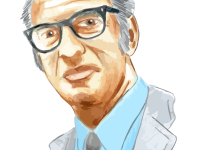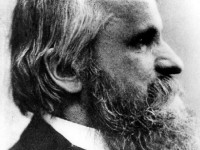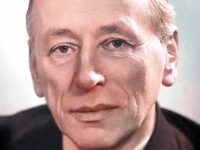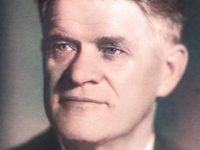Rocket Launch Site Cape Canaveral
On July 24, 1950, Bumper 8, a modified German World War II A4 rocket, became the first ever rocket to be launched from Cape Canaveral. Cape Canaveral already became the test site for missiles the year before, and was chosen for rocket launches to take advantage of the Earth’s rotation, because of its southern location. Cape Canaveral In 1949, U.S. President Harry Truman established the Joint Long Range Proving Grounds at Cape Canaveral to test missiles. The location had…
Read more











